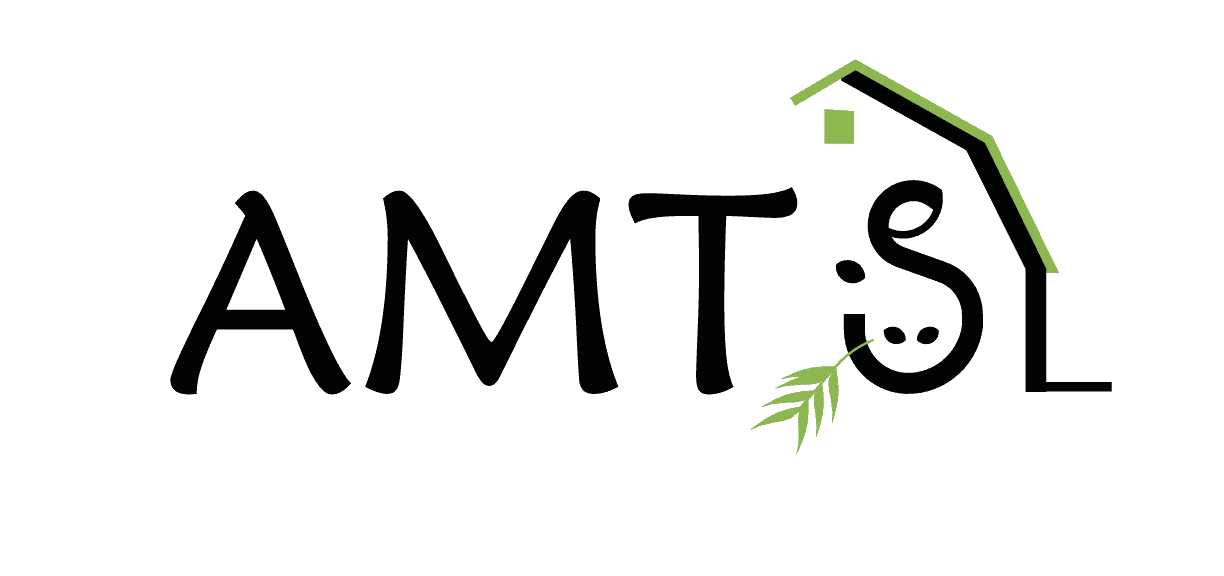We get asked on a pretty regular basis what do we recommend for feed analysis; especially when people want to add new feeds to the library. So to answer that question, we’ve put together this posting.
This is not a simple question to answer as it depends upon:
- feed type
- is this a
- new product
- updating existing product or
- quality control sampling
- and if manufactured product, the stability of the manufacturing process
So let’s start with these assumptions
- Feeds are to be characterized for CNCPS 6.5 biology
- some of this is leading to CNCPS 7 biology
- Unconstrained budget
- Non-mineral feeds addressed
- bioavailability of minerals can only be determined with cattle studies
One of the first things to be determined is the number of samples required.
- Needs to be determined based on product/feed variance for different components.
- Can be estimated from preliminary project to determine mean and standard deviation
- based upon these results, a decision must be made to determine how ‘close’ one desires to be from the 95% confidence interval.
- Can be estimated from preliminary project to determine mean and standard deviation
- Contact AMTS for more information.
Basic chemistry recommendations
- The following basic chemistry should be performed using AOAC approved methods where available
- Dry matter
- Crude Protein
- Soluble Protein
- NDICP
- ADICP
- aNDFom
- Sugar
- Starch
- Total Fat
- Ash
- Minerals
Now, this list is not fixed. For example, if a feed is a mineral supplement, doing all of these does not make any sense. So here are a few ‘special cases’ to consider
- Feeds containing NPN or ammonia
- Add ammonia to the analysis
- Feeds containing >25% starch
- At a minimum, add a 7 hr starch in vitro
- Or, multi-time point starch in vitro so that we can estimate starch kd
- Feeds containing high levels of aNDFom (>20%)
- in vitro aNDFom degradation
- if forage: 30, 120 and 240 hr time points
- non-forage: 12, 72, 120 hr time points
- all other feeds should have lignin analysis
- in vitro aNDFom degradation
- Non-forage feeds >20% crude protein (unless this protein comes from ammonia or urea)
- IUN assay
- Amino Acids (%CP basis)
- Fermented feeds, or feeds where organic acids are added
- VFAs
- Acetic
- Propionic
- Butyric
- Lactic
- and in some cases, propane-1,2-diol (propylene glycol)
- VFAs
- In general, to improve energy predictions,
- Total fatty acids
- Feeds high in fat (>10%) or blends of fat sources
- Total fatty acids
- Fatty Acid Profile (C12 and longer)
If you have any questions, comments, or need additional help, contact AMTS!
